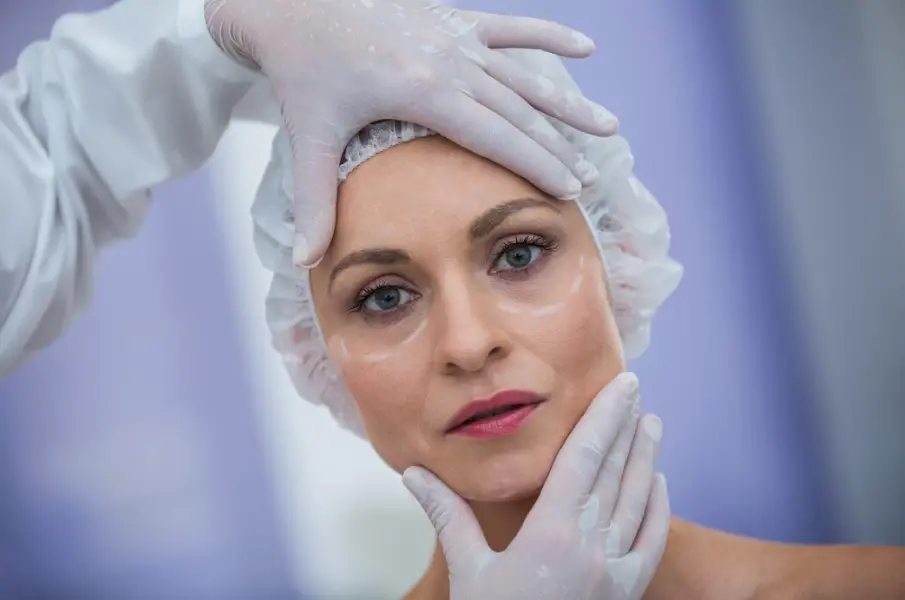The Psychology Behind Choosing Subtle Enhancements

In self-expression and self-care, cosmetic procedures are becoming more common and accepted. While dramatic transformations often grab headlines and social media attention, an increasing number of people are opting for subtle enhancements that prioritize natural beauty. What motivates this trend toward understated refinement? The answer lies in the psychology behind personal identity, confidence, and social perception.
The Desire for Authenticity
For many, the goal of cosmetic enhancement isn’t to look like someone else but rather to look like the best version of themselves. Subtle procedures such as small fillers, gentle lifts, or skin treatments allow people to maintain their unique features while addressing specific areas of concern. This approach supports a growing cultural value: authenticity.
People want to feel that they’re presenting their true selves to the world. Enhancements that are too obvious can create a disconnect between self-image and public perception. By contrast, subtle improvements preserve identity, boosting self-confidence without the fear of seeming artificial.
Influence of Social Dynamics
Psychologists have long studied how our appearance influences the way others perceive and interact with us. Even small changes in facial expressions, posture, or skin tone can significantly affect how we are treated socially. Subtle cosmetic procedures can enhance natural features in a way that improves social interactions without attracting undue attention.
This is particularly relevant in professional settings, where appearing refreshed and confident can influence outcomes. Choosing a facelift and neck lift in Chicago, for example, can subtly rejuvenate a person’s appearance, helping them feel more competent and self-assured without undergoing a dramatic change.
The Role of Self-Perception
How people view themselves plays a central role in their decision to seek cosmetic enhancements. Subtle changes can provide a powerful psychological boost because they reinforce a person’s internal sense of self. Instead of trying to emulate celebrity features or conform to fleeting trends, people often choose enhancements that reflect their personal goals and values.
This type of self-perception is closely tied to self-esteem. Small, well-planned procedures can serve as acts of self-care. They allow people to take control of their appearance in a way that aligns with how they feel inside, creating a more cohesive and satisfying self-image.
Avoiding the Fear of Judgment
Despite increasing social acceptance, there’s still stigma surrounding cosmetic procedures in some circles. Choosing subtle enhancements allows people to experience the benefits of aesthetic improvements while avoiding the fear of being judged for “going too far.”
This approach reduces anxiety around the idea of “looking done.” Instead of undergoing transformations that might spark gossip or scrutiny, people can achieve quiet changes that are noticeable primarily to themselves and close friends or family. This discretion contributes to the growing appeal of subtlety in aesthetic medicine.
The Shift Toward Preventive Aesthetics
Another psychological factor behind subtle enhancements is the shift toward prevention rather than correction. More people are seeking treatments in their 30s and 40s—not because they look “old,” but to prevent signs of aging from setting in deeply.
This proactive mindset is similar to how people approach other areas of wellness, such as skincare or fitness. Rather than wait until more invasive procedures are needed, they prefer small steps that maintain their current appearance. These choices often lead to better long-term outcomes and more natural-looking results.
Final Thoughts
Subtle cosmetic enhancements represent a thoughtful approach to beauty. They reflect a growing awareness of the complex relationship between appearance and identity, the importance of authenticity, and the desire for control over one’s self-image. Whether it’s a light filler, skin rejuvenation, or a carefully performed facelift and neck lift, these choices are deeply personal and increasingly guided by psychology as much as aesthetics.
Understanding the motivations behind these decisions can help us support a more empathetic and informed conversation around beauty, aging, and self-care.
